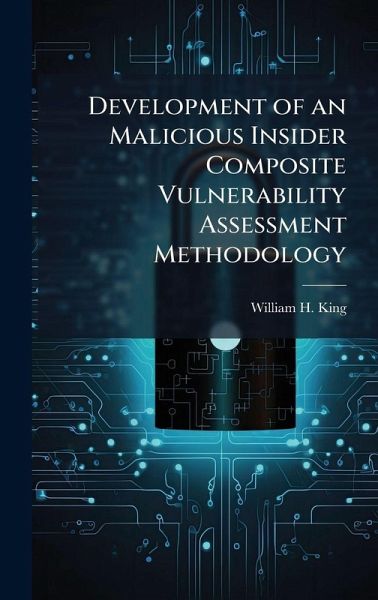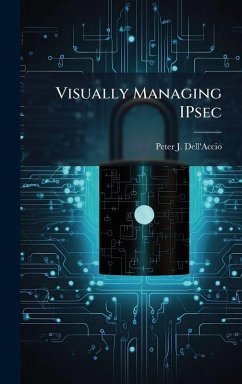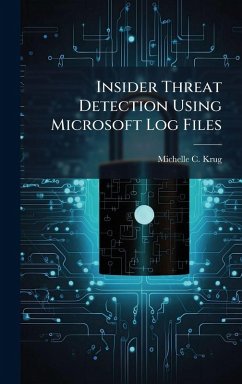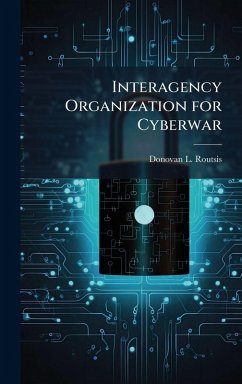
Development of an Malicious Insider Composite Vulnerability Assessment Methodology
Versandkostenfrei!
Versandfertig in über 4 Wochen
29,99 €
inkl. MwSt.
Weitere Ausgaben:

PAYBACK Punkte
15 °P sammeln!
Trusted employees pose a major threat to information systems. Despite ad-vances in prevention, detection, and response techniques, the number of maliciousinsider incidents and their associated costs have yet to decline. There are very fewvulnerability and impact models capable of providing information owners with theability to comprehensively assess the effectiveness an organization's malicious insidermitigation strategies.This research uses a multi-dimensional approach: content analysis, attack treeframework, and an intent driven taxonomy model are used to develop a maliciousinsider Decision ...
Trusted employees pose a major threat to information systems. Despite ad-vances in prevention, detection, and response techniques, the number of maliciousinsider incidents and their associated costs have yet to decline. There are very fewvulnerability and impact models capable of providing information owners with theability to comprehensively assess the effectiveness an organization's malicious insidermitigation strategies.This research uses a multi-dimensional approach: content analysis, attack treeframework, and an intent driven taxonomy model are used to develop a maliciousinsider Decision Support System (DSS) tool. The tool's output provides an assess-ment of a malicious insider's composite vulnerability levels based upon aggregatedvulnerability assessment and impact assessment levels.The DSS tool's utility and applicability is demonstrated using a notional ex-ample. This research gives information owners data to more appropriately allocatescarce security resources. This work has been selected by scholars as being culturally important, and is part of the knowledge base of civilization as we know it. This work was reproduced from the original artifact, and remains as true to the original work as possible. Therefore, you will see the original copyright references, library stamps (as most of these works have been housed in our most important libraries around the world), and other notations in the work. This work is in the public domain in the United States of America, and possibly other nations. Within the United States, you may freely copy and distribute this work, as no entity (individual or corporate) has a copyright on the body of the work. As a reproduction of a historical artifact, this work may contain missing or blurred pages, poor pictures, errant marks, etc. Scholars believe, and we concur, that this work is important enough to be preserved, reproduced, and made generally available to the public. We appreciate your support of the preservation process, and thank you for being an important part of keeping this knowledge alive and relevant.












